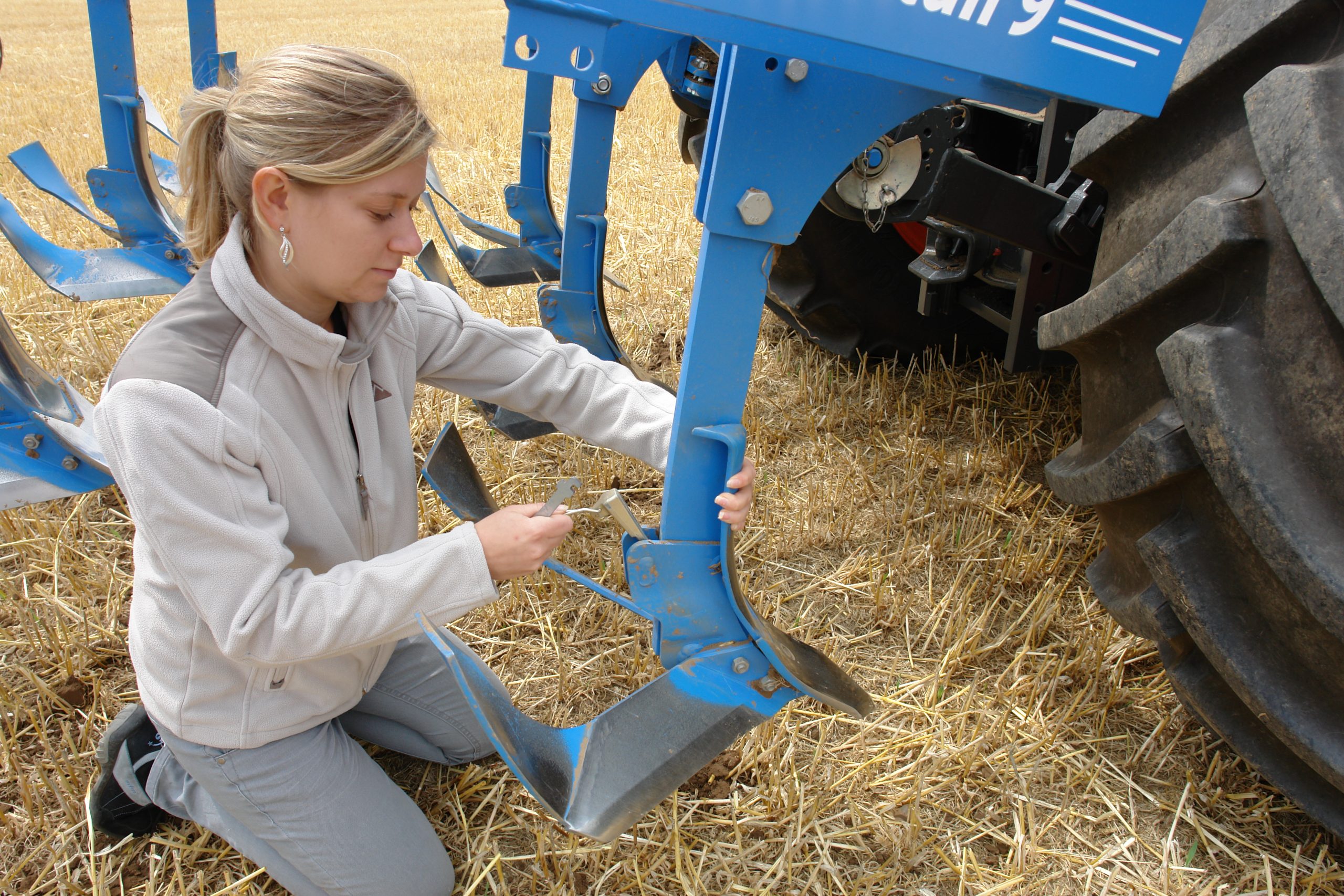

This Caterpillar caterpillar tractor fights its way through heavy polder soil south of Rotterdam in the Netherlands – and that 4m below sea level!
Perhaps one of the first diamond ploughs with online equipment on one of the first caterpillar tractors – a rare picture!
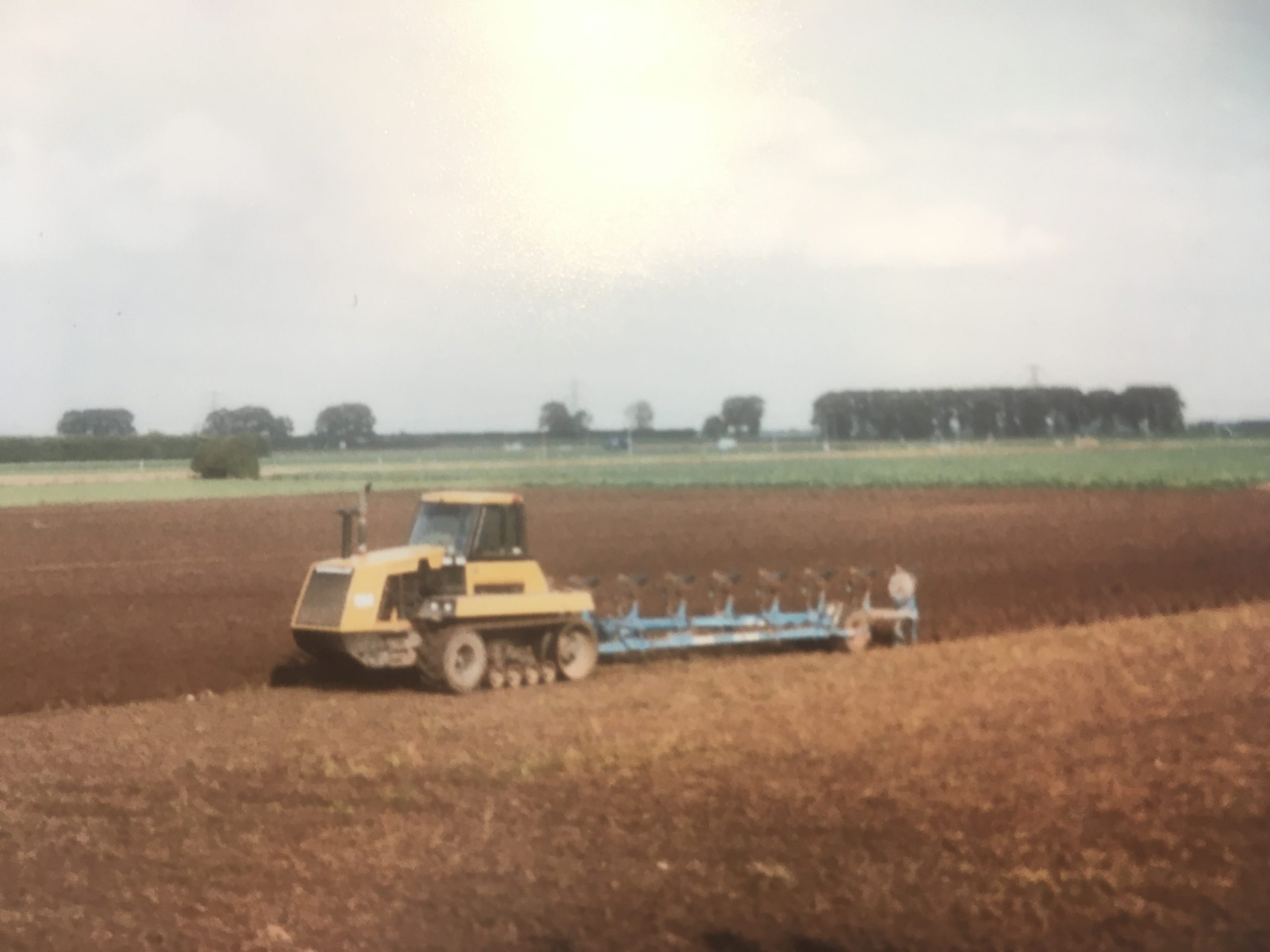
The ongoing digitalisation does not stop at LEMKEN’s development activities.
During the design process, simulation models are created on the basis of CAD data, which allow our machines to be fully tested with realistic loads – without having to build a single device.
A digital twin!
Improvements and innovations are thus incorporated into the machines even before the prototype phase, thus shortening the time to market.
LEMKEN customers benefit from the fact that technical innovations find a quick way into the product.
A real added value!
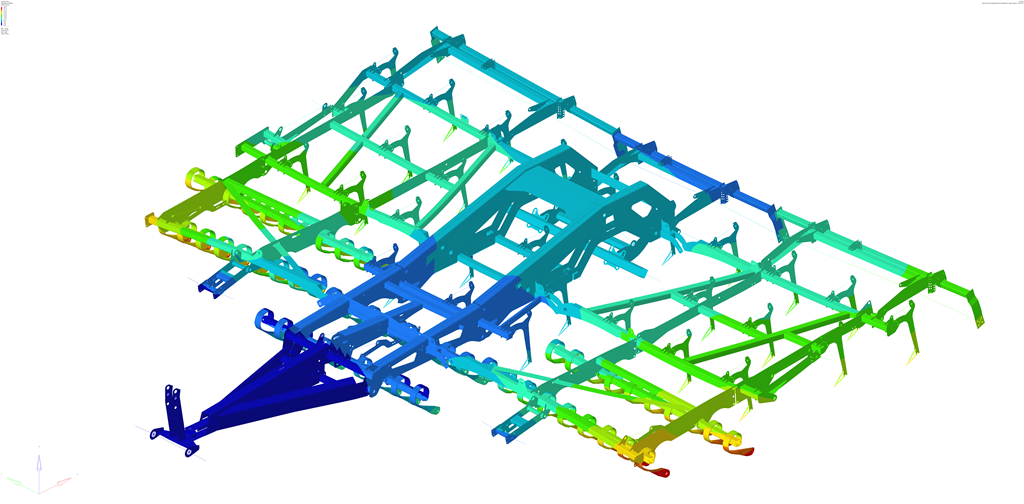
The employees of the LEMKEN company are just as robust as the machines they produce.
Vladimir Berdik, Head of the Snegirjov branch of Nibulon in the Nikolaev region of Ukraine

The soil is the most important basis for achieving high yields. Filling up holes, levelling the ground and breaking up clods usually requires several work passes. With the LEMKEN Karat it is possible to connect all the passages together.
Pure power! The LEMKEN Gigant 12 S with the world’s largest Heliodor 9 short disc harrow and 16 metre working width, together with the Case Quadtrac and almost 700 HP, manages a few hectares.
Factories are either environmentally friendly or profitable. LEMKEN disproves this prejudice, because machines are manufactured in the Lower Rhine region in an energy-efficient, sustainable and cost-conscious manner.
Viktor Lemken commissions his daughter Nicola to build a new office building. Nicola Lemken takes unusual paths for this and visits the pioneers in this field. A low-energy building with offices, reception and exhibition and training halls will be constructed, which will be completely heated and cooled by the waste heat from the neighbouring forge. The consumption costs of the “low-energy building” are approx. 77 % lower than the costs of conventional office buildings.
An energy network system and the construction of a new painting plant are being launched, the core of which is formed by so-called energy rings that recover and reuse energy at various points in the plant via heat exchangers. In addition, the waste heat can be used for the underfloor heating of the adjacent production halls and a social building. If too much energy is generated than is needed, it is stored in underground storage facilities where it can be used, for example to power up the painting plant. As a result, central energy circuits and storage facilities ensure significantly lower consumption of conventional energy sources such as gas and water. The annual savings amount to approximately 500 tons of CO₂ .
This is the size of the photovoltaic system with over 2000 solar modules and more than eleven kilometres of cabling on two of the hall roofs. The installed total output of 500 kilowatts is fed into the public grid and is sufficient to supply around 100 four-person households. In addition, the LEMKEN photovoltaic system saves 250 tons of CO₂ per year . Further systems on the remaining hall roofs are being planned.
Because LEMKEN likes its role as an energy producer and saver so much, the construction of two combined heat and power plants with a refrigerating machine and district heating network has now started. With an overall efficiency of 87 percent, the plant with its meter-high chimneys runs almost loss-free. The CHP duo and the refrigeration system generate a thermal and electrical output of 1800 kilowatts, providing the halls with heat in the winter and cool air in summer.
The latest project is a fully automated hardening and bending plant operated by two robots. It can process up to one ton of steel per hour and produce the familiar DuraMaxx wear parts, for example. Hardening is one of the core competences of a plough manufacturer and tempering the special steel purchased is LEMKEN’s best-kept secret. In contrast to conventional furnaces, the furnace technology, which is insulated with ceramic fibres, can be shut down at the weekend to save energy. The required cooling capacity for the entire plant is provided by the company’s own CHPs. In this way, up to 728 tons CO₂ can be saved.
The climate protection flag has been flying at the reception building since spring 2019. LEMKEN received the award from the Climate Alliance of the municipalities of the Wesel district for its commitment to energy efficiency and climate protection. LEMKEN will continue to develop its processes and technology continuously and efficiently in the future, because Nicola Lemken wants to remain a few steps ahead of the legislation.
Factories can be both environmentally friendly and profitable.
In addition to ecological and economic considerations, LEMKEN is also fully aware of its social responsibility.
Once the machine and work result have been determined by the farmer, there are various ways of saving fuel without having to sacrifice work quality with the LEMKEN pull point adjustment with OptiQuick on mounted reversible ploughs and OptiLine on semi-mounted ploughs. By adjusting the pull point to an optimum range, diesel consumption can be reduced by nine percent. Positive side effect: driving without side draughts reduces wear on the ploughing equipment and relieves the driver.
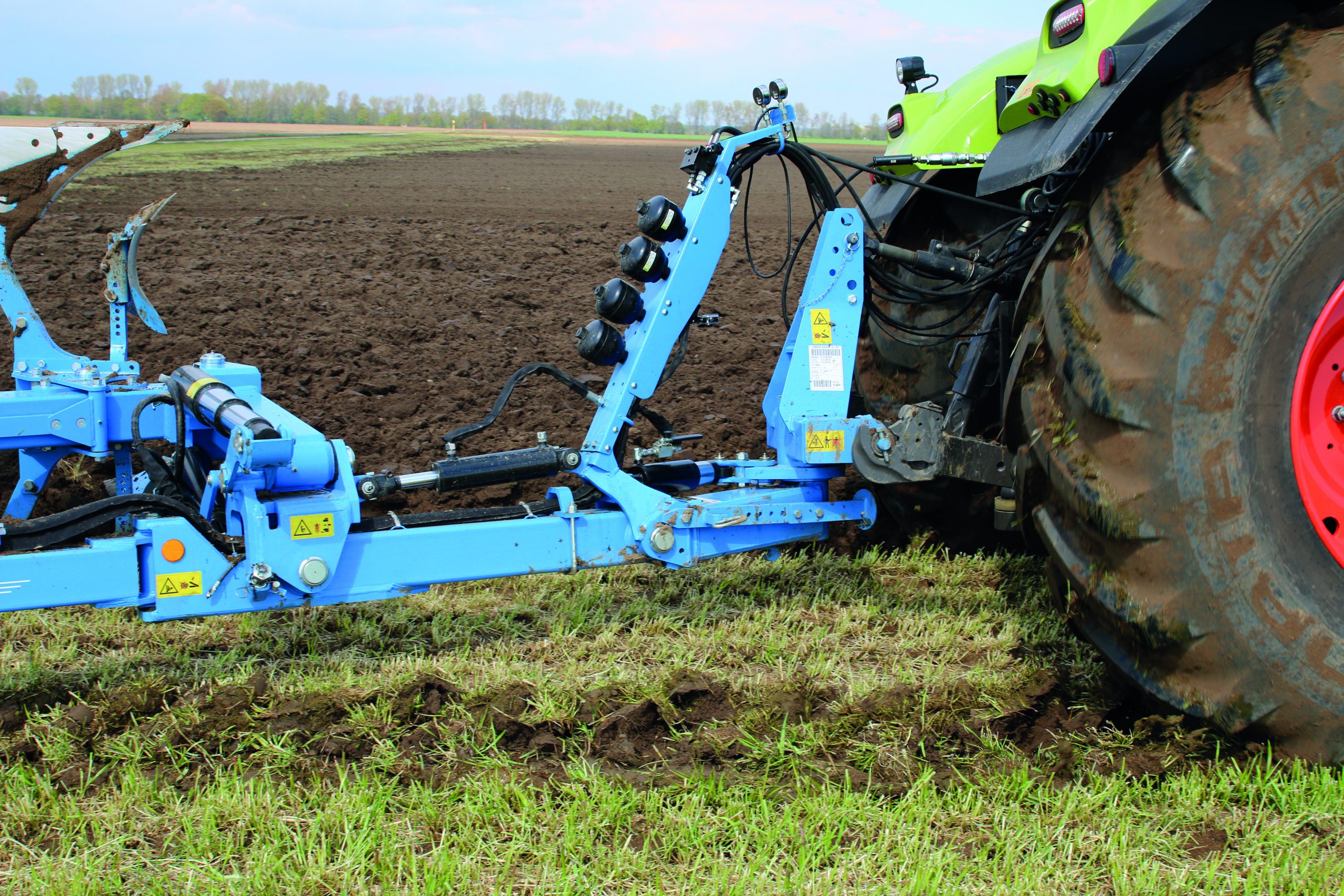
Without changing the quality of work, traction boosters also offer elegant saving opportunities. At LEMKEN, these are also installed on diamond ploughs and carat cultivators with Contour Track. This relieves the load on the front axle and applies pressure to the rear axle of the tractor. Tyre slip is reduced and energy is saved.
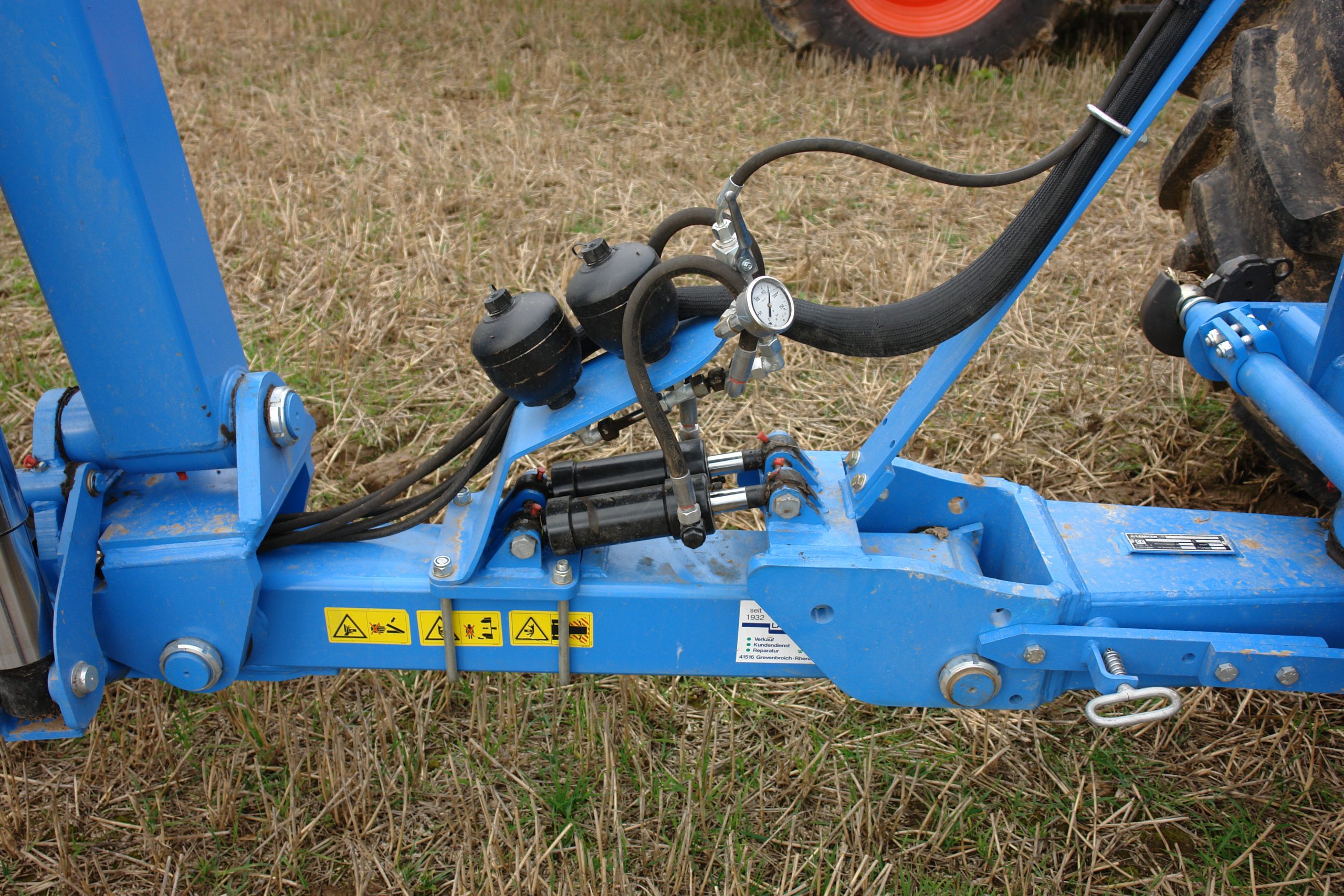
Incorrectly used cultivator coulters unnecessarily increase diesel consumption. From around 15 centimetres upwards, wing shares are often ineffective. However, each change of coulter means time consuming. With the LEMKEN quick-change system the coulters can be changed within a short time without tools. In this way, the cultivator can quickly be equipped with the right tool every time – for shallow cultivation with wing shares and for deep cultivation with a narrow share. You save time and energy!
